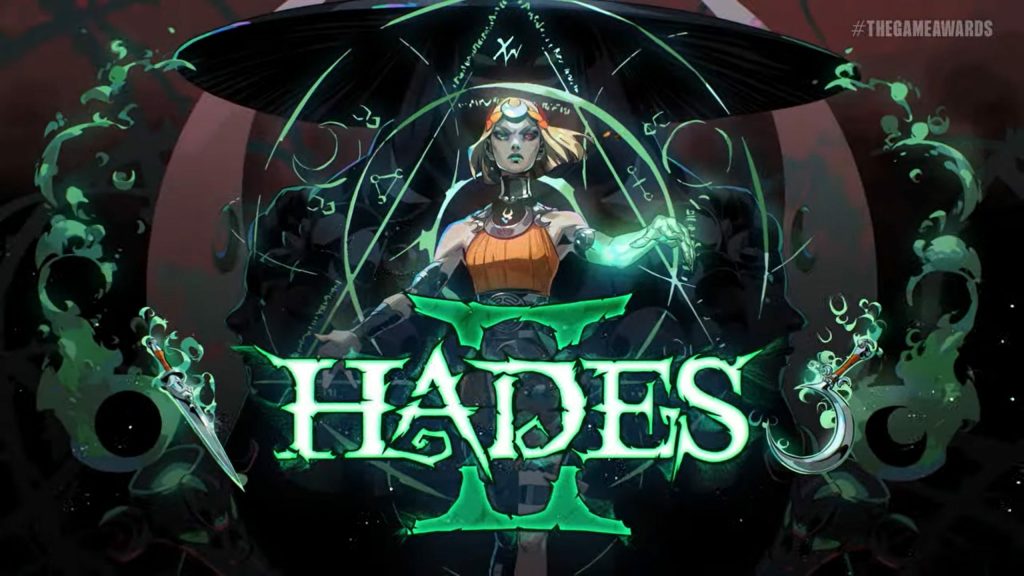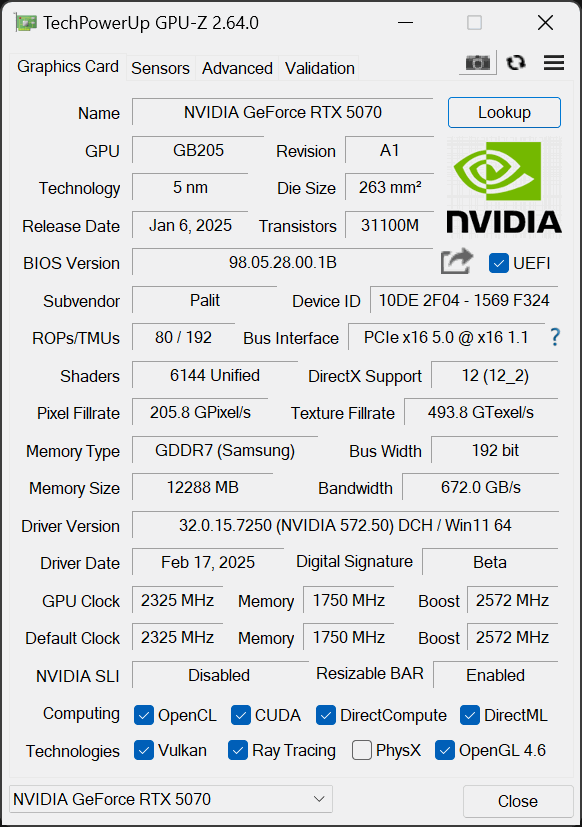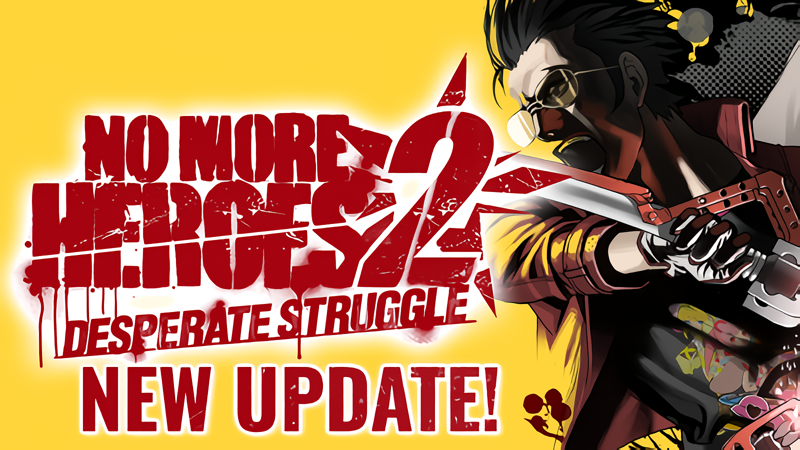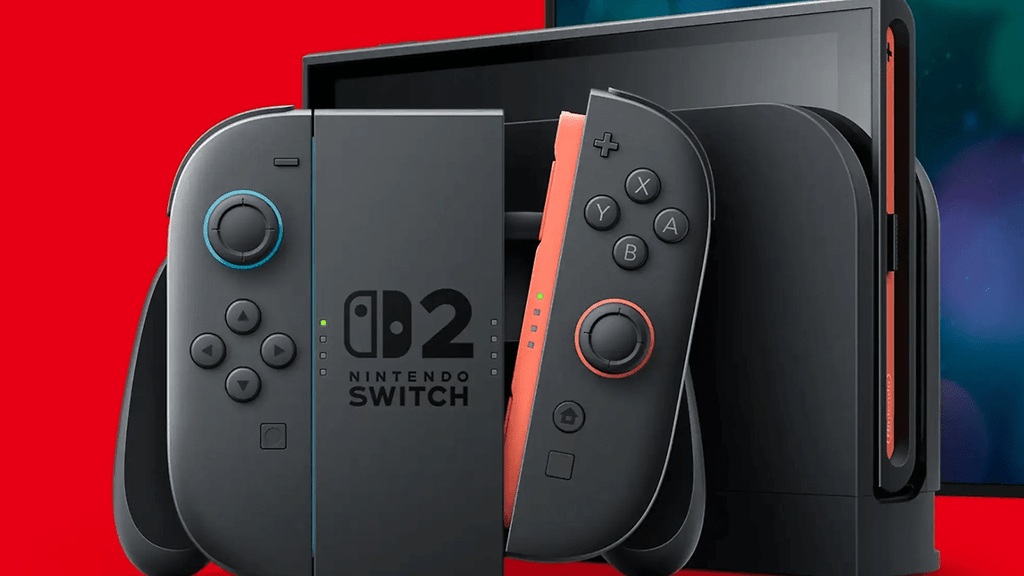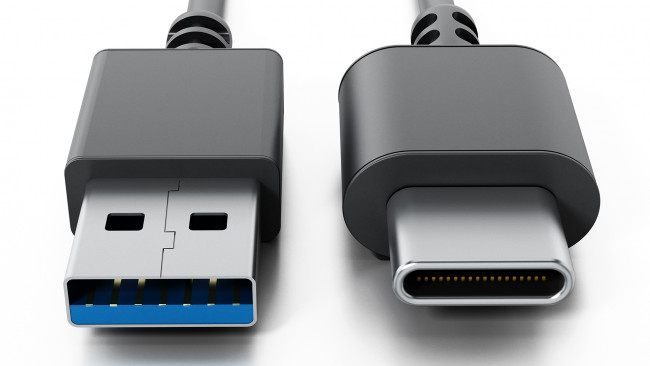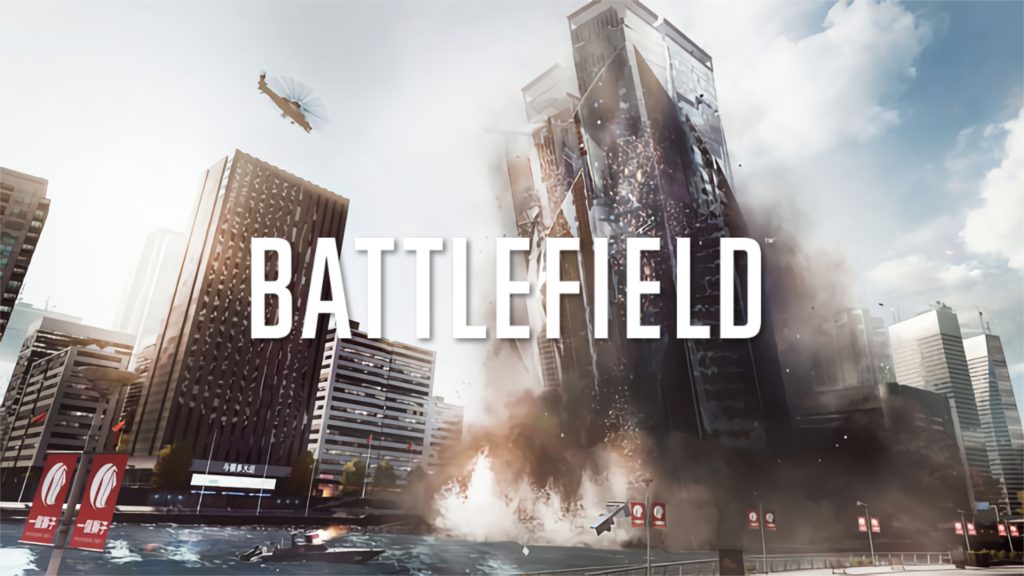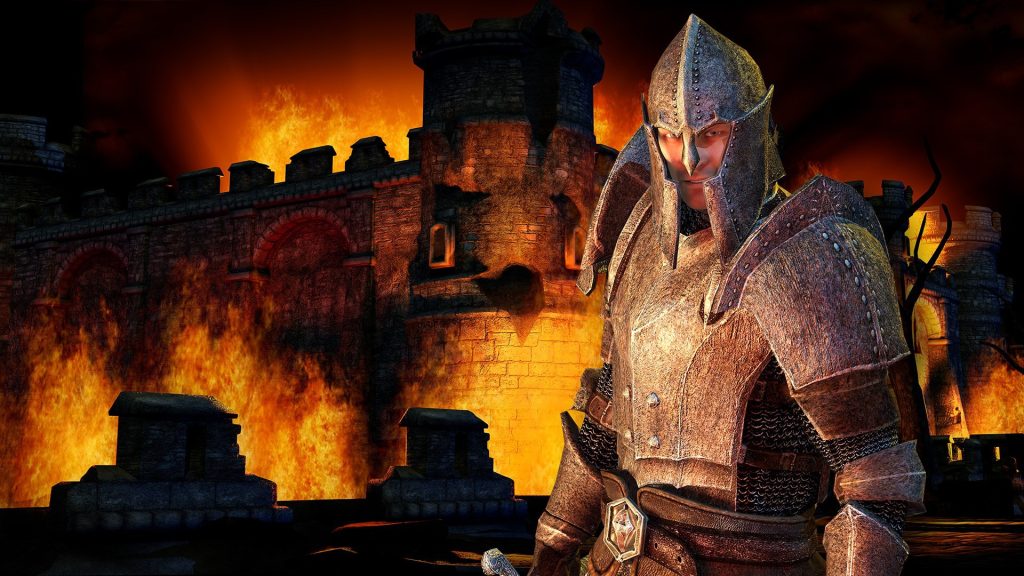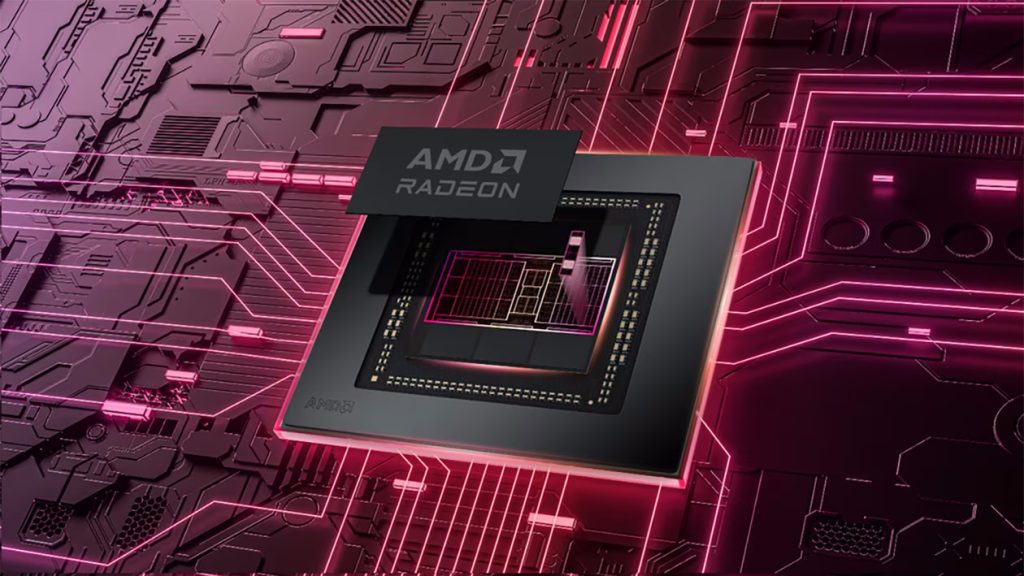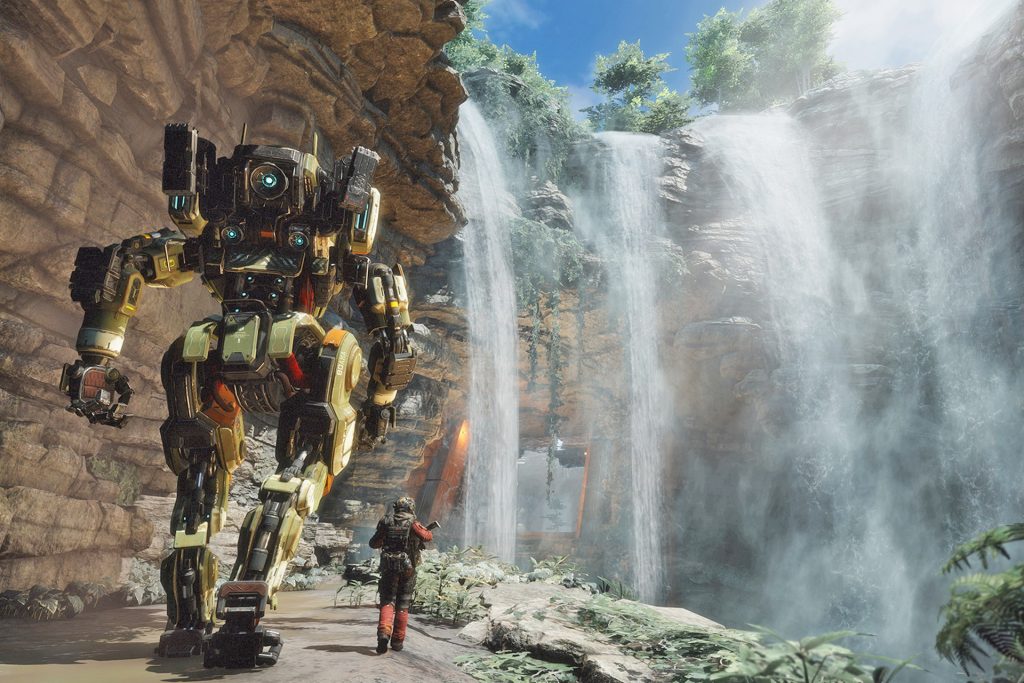The 2nd of April marked one of the most important dates the video games industry has seen in quite some time, owing to the big unveiling of the Nintendo Switch 2 – showing us everything from the hardware, games and even the system’s release date. Unfortunately, much of what has been revealed so far shows Nintendo is squandering the good will it built up during the Switch 1 generation.
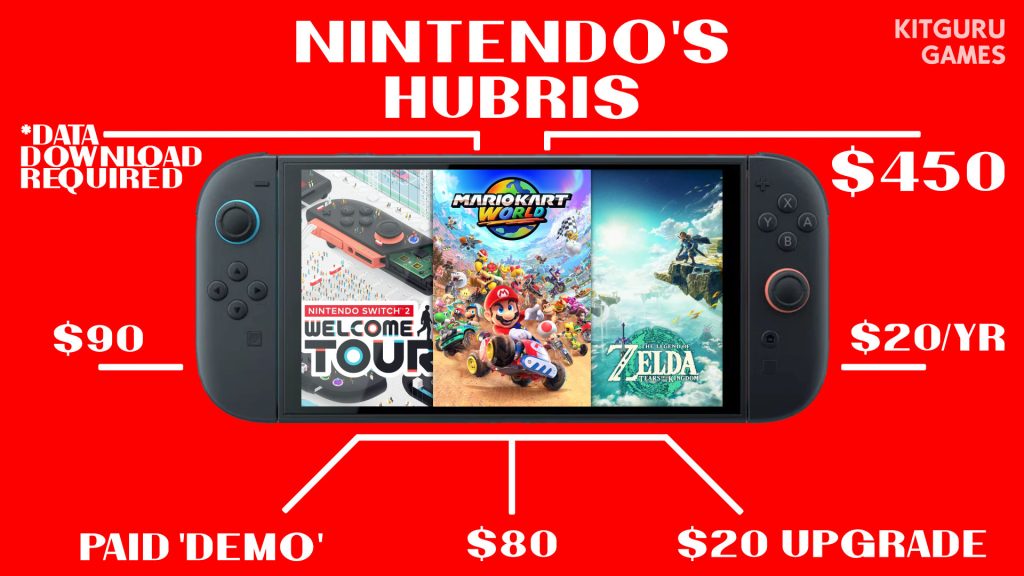
Prior to discussing Nintendo’s recent decisions which has much of the community up in a tizzy, it’s worth looking back at both Sony and Microsoft during the times when they were seemingly at their peak.
On the Microsoft front, there was the infamous Xbox One reveal and that it entailed. Coming off of the 7th-generation, Microsoft was feeling bold. Bolstered by the success of the Xbox 360 both in terms of sales but also brand loyalty, the Xbox was in the best position it had ever been.
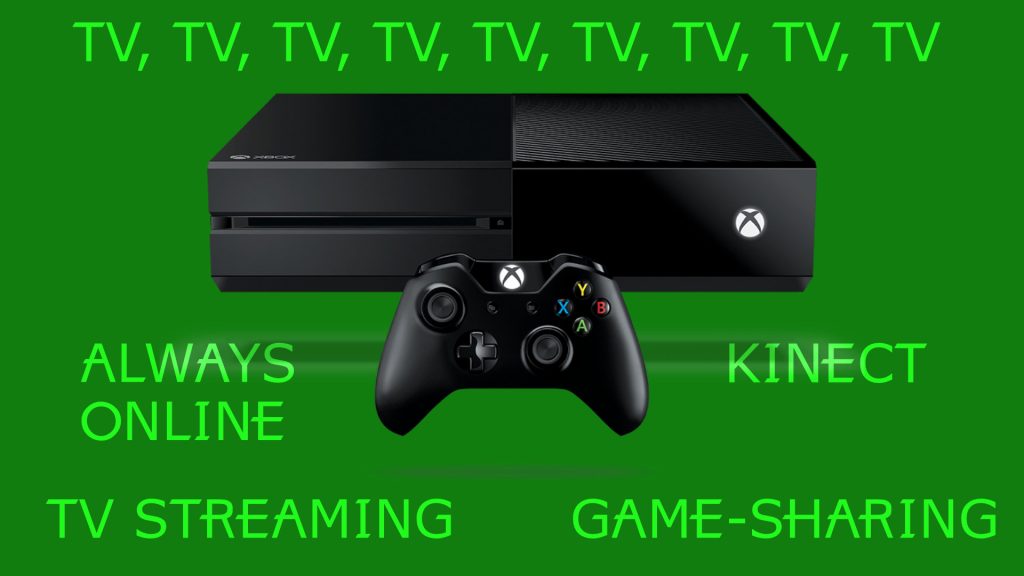
Cut to the reveal of the Xbox One and all the years of goodwill seemed to evaporate over the course of a single showcase, as Xbox made it clear that they weren’t using their success to further entrench themselves into the games industry, but instead wanted their 84 million Xbox 360 players to get an Xbox One in order to engage with Microsoft’s other services/endeavours. Be it TV, streaming, Kinect, TV or more TV, the outlook wasn’t the best initially.
Coupling this with a notable excess in price compared to the PS4; the (eventually cancelled) always-online requirements; no game sharing; and the forced bundling of a Kinect for whatever reason, put both fans and outsiders on the backfoot.
Of course, as we know, Sony capitalised on this hard, leading to the PS4 having one of the most successful runs for the company – which is interesting considering where PlayStation was at just one generation prior.
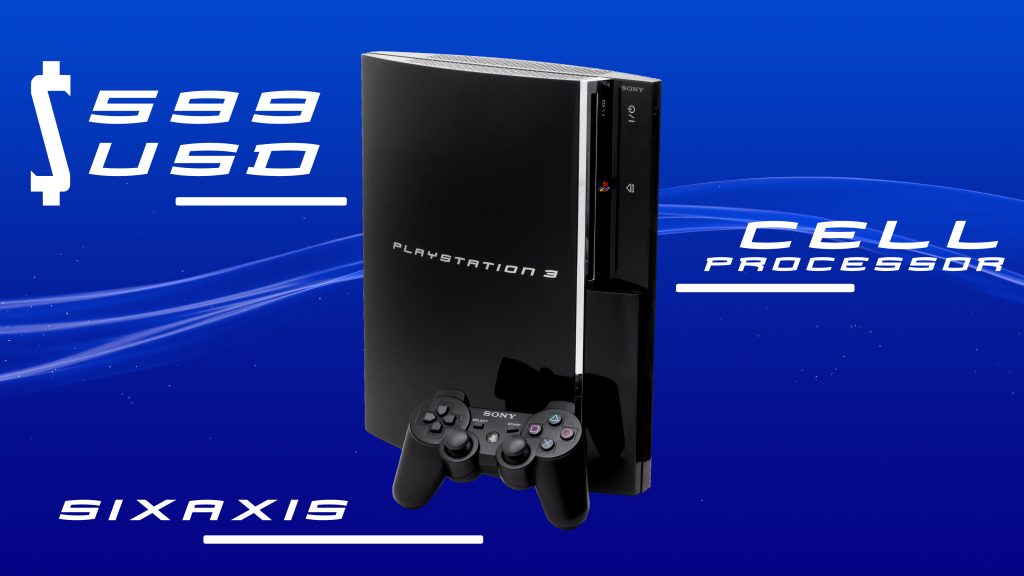
Moving on from Xbox, Sony too has fumbled the bag on multiple occasions. First, there was the PS3. Following an insane run which saw the PlayStation 2 sell over 160 million units – becoming the best-selling console of all time to this day – Sony’s hubris got in the way, taking what could have been an assured victory and turning it into a narrow one.
The OG PS3 was a solid console which seemed to offer enough of a boost compared to last-gen. Unfortunately, with 160 million PS2’s out there, Sony believed that they were untouchable – a feeling which almost cost them the entire generation.
Speaking of costs, one of the biggest shocks from the PS3 reveal was the announcement of its price: $599 USD for the 60GB model (equivalent to roughly $950 today). As mentioned however, Sony did quickly learn from their mistakes, and while the likes of the console’s pricing could be adjusted, their use of a CELL processor for the system would in some ways haunt them for the rest of the generation.
Sure, the PS2 was an undeniable hit and so any developer who wished to be successful would have to work on a port for Sony’s console. Unlike the PS2 however, the PS3 spent much of its generation in second place. So, in taking the extremely high price tag, a bespoke and somewhat hard to develop for processor and a generation spent catching up to the Xbox 360, you’re left with a console which was gimped by its own creator’s decisions.
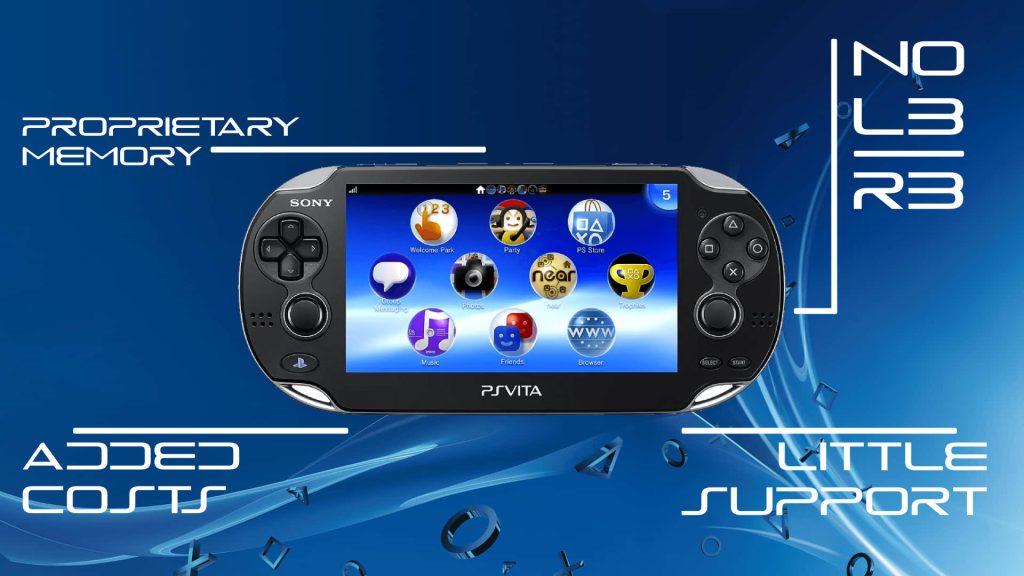
This wasn’t PlayStation’s sole mistake however. Jump forward a couple years and the console maker found itself in almost the exact same position as before – but in the handheld space. The PSP was massive for Sony, being able to stand side-by-side with Nintendo’s juggernaut that was the DS. Though the handheld ultimately sold just over half the units of the DS (80 million vs 154 million), the PSP was still considered a clear success, offering a different yet-equally-as-valuable handheld experience. As with all the other examples above, Sony’s hubris got in the way of its success.
Unlike the PSP, Sony’s PS VITA doubled down on seemingly all the wrong things. Though the hardware was undeniably superior in almost every way to the PSP, its (modest) increase in price compared to the PSP ($249 vs $199) left many fans feeling sour at the time. In addition, perhaps one of the most damning decisions was with Sony opting for proprietary SD cards with the PSVITA, costing significantly more than generic storage expansions.
One final mistake from Sony was in their beliefs that 3rd-party support could save the console. Given the fact that there were 80 million PSPs out there, it made sense for 3rd-party devs to bring their titles to the platform – or even better, create brand new games specifically for the PSP.
When it came to the VITA however, its paltry performance in selling just 10-15 million units meant that fewer studios/publishers were willing to risk spending time and money on a port for a console which was deemed a commercial failure. Sony did of course try to fix some of these mistakes with the refreshed LCD PS VITA – but it was unfortunately too late.

Finally, we’ve reached the primary point of discussion – Nintendo and the Switch 2. Of course, the Switch needs no introduction, with the system selling over 154 million units since 2017 – nipping on the heels of the PS2’s podium position. Not only did the console sell like crazy, but so too did all the software, with even critically-mixed titles such as Super Mario Party easily pushing over 20 million copies.
In fact, since the launch of the Switch, Nintendo has sold a total of 1.36 billion software units. For comparison, the company’s two other most successful consoles (the DS and Wii) sold fewer than 1 billion games each.
Was the OG Switch perfect? Nope. The handheld itself was rather rickety, with hardware failures in one form or another being quite commonplace. The system was also woefully underpowered compared to the competition, and featured a butt-ugly non-laminated LCD screen which made all games look so much worse.
Despite all this and more, the Switch has gone on to become the second-best selling console of all time – looking set to surpass the record held by the PS2; a record which many believed would never be broken.
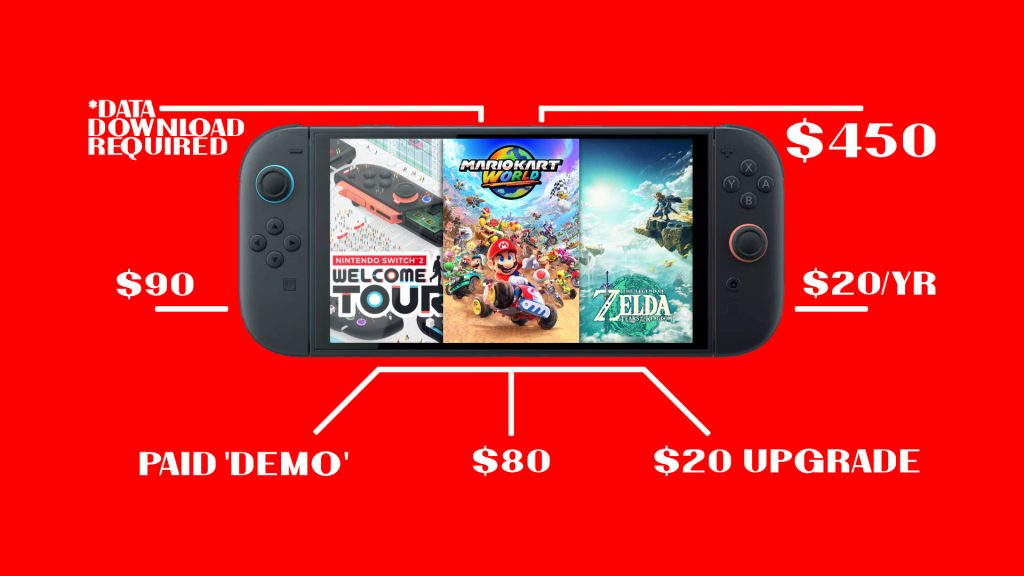
So, 8 years on from the Switch’s launch and Nintendo has finally properly showed off its successor. In many ways, the Switch 2 Direct offered fans everything that they could’ve hoped for.
Not only are we getting an open world Mario Kart; a new 3D Donkey Kong and a Kirby game from Sakurai himself; but the system even comes bundled in with a free Astro’s Playroom-like experience to give fans a tour of all the Switch 2’s many hardware upgrades.
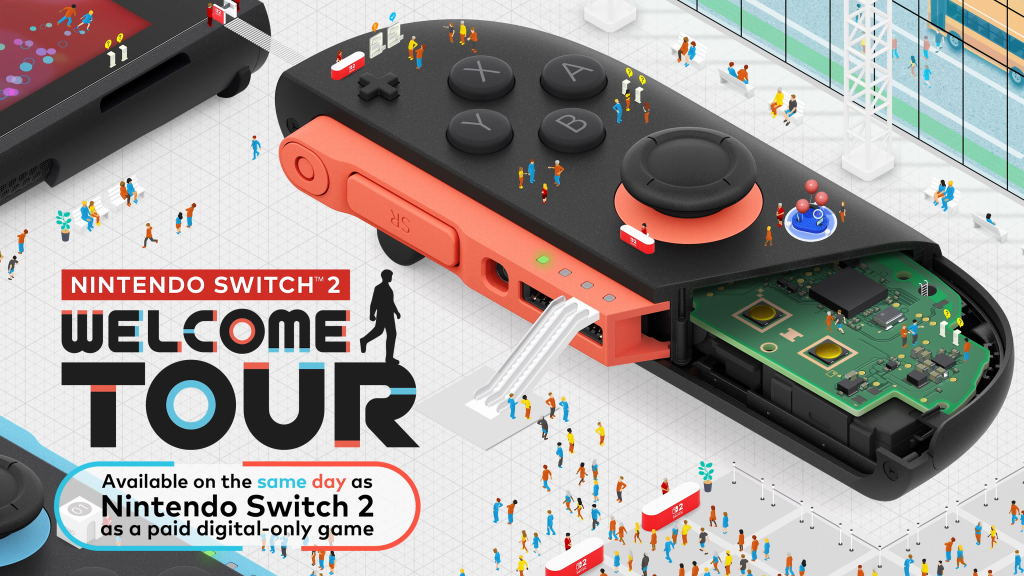
Well…turns out the ‘Switch 2 Welcome Tour’ will in fact not be a free pack-in title. Instead, Nintendo announced that this (what ostensibly seems like a basic hardware demo) will be a premium product – requiring everyone to pay for the privilege of knowing how their system works.
The genius behind Astro’s Playroom was in its ability to allow PS5 owners to not only have something to play on their new console, but also offered easily one of the best explanations for what makes the PS5 unique. Unfortunately, the Switch 2’s Welcome Tour marks but the first in a long string of seemingly foolish decisions.
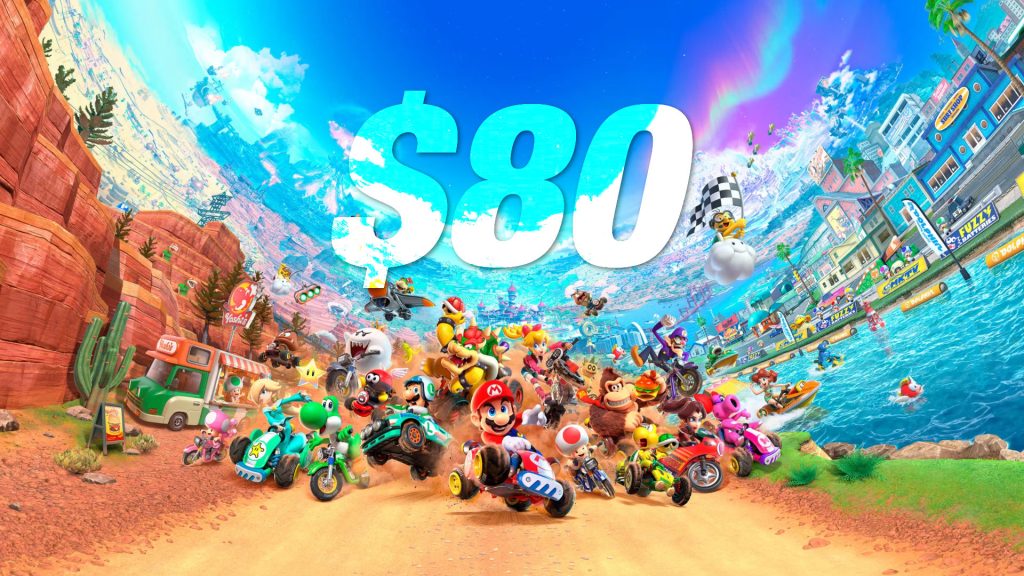
While the Switch 2’s tech demo will (hopefully) be a relatively cheap purchase, many of Nintendo’s other titles are set to push beyond the current industry standard of $70 for the biggest AAA gamers.
Mario Kart World – easily the biggest title at the Direct owing to its open-world nature and day-one release date – won’t cost $60. It’s not even going for $70. No, those who wish to purchase Mario Kart World will have to cough up $80 for the pleasure.
Yes, the Switch 2 is technically a next-gen console, but considering the fact that its games in many ways still look comparable to PS4-generation titles, the massive price hike seems somewhat arbitrary. Combined with the fact that Nintendo games rarely see a reduction in their value, and you’ll likely be paying just as much for Mario Kart World half a decade from now. Somehow though, things get worse.
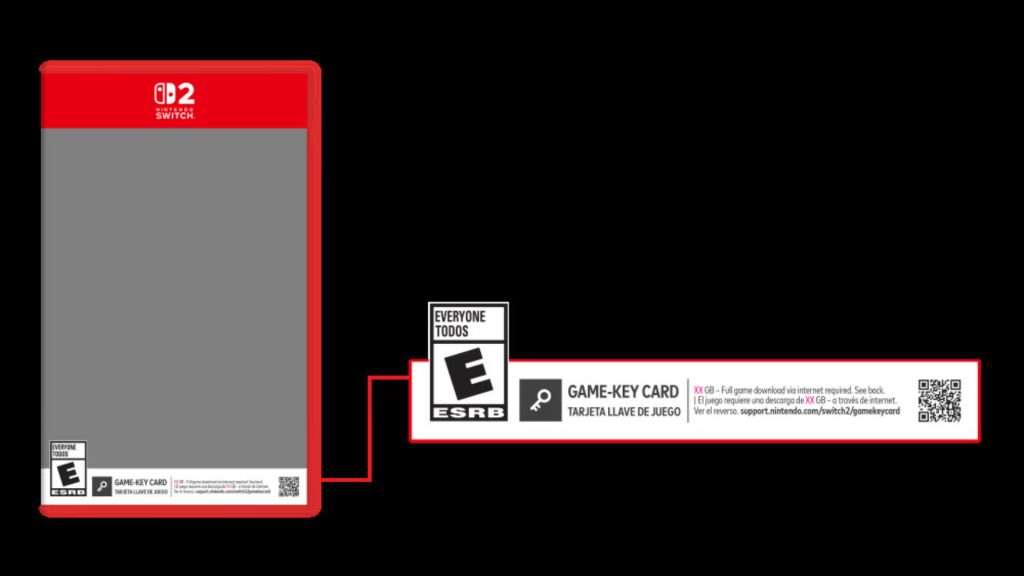
Not only will you have to spend up to $80 to buy a Switch 2 cart, the actual cartridge itself may not even include any on-disk data. Instead, some physical Switch 2 games serve purely as a DRM check – meaning you’ll need to fully download the game regardless of whether you own a physical copy or not.
Of course, while this is not unique to Nintendo, the company remained one of the few to seemingly continue to support physical media and all its benefits. With the Switch 2 however, buying a physical copy won’t just be more expensive, but is in all aspects the worst of both worlds – charging you more for a product which is more awkward to play when compared to digital media (costing extra for an inferior experience). The Switch 2 Ls don’t end there however.

One of the few criticisms voiced by fans of the Switch was the fact that its UI was simplistic, basic and lacked any real customisation – a far cry from Nintendo’s previous console generations. It seems all Nintendo took away from the Switch 1 however was its overwhelming success – and so the Switch 2’s UI looks nearly identical and just as plain as its predecessor.
After all, having such a basic UI must have contributed to the Switch’s success, right? Well, I’d argue that the Switch 1 succeeded in spite of its boring UI (a fact which I have discussed previously) – but I guess Nintendo doesn’t seem to think so.
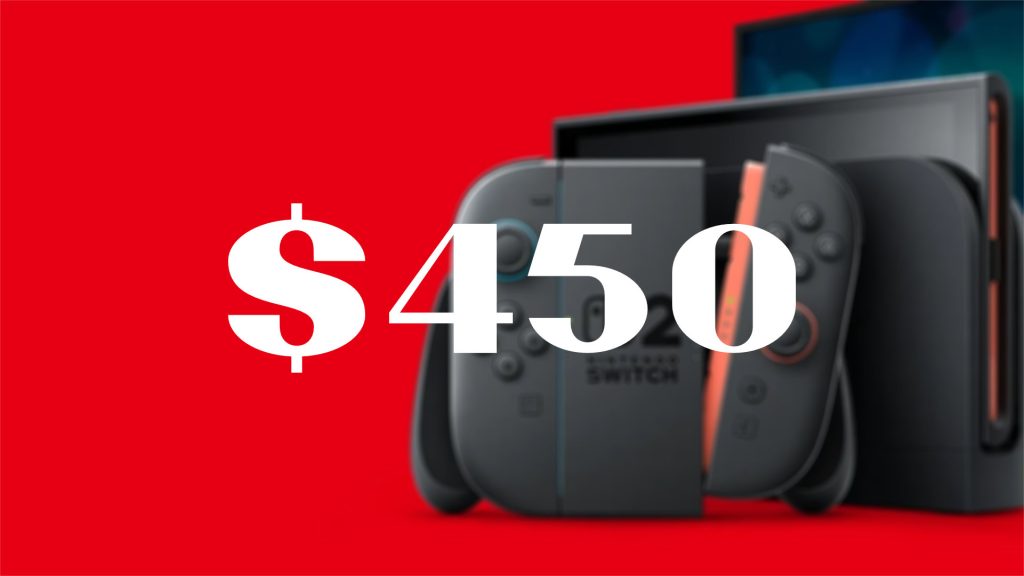
The hits keep coming for the Switch 2 unfortunately, with another mistake being the console’s price. While it was of course expected that the Switch 2 would cost a bit more than the OG console, there was a reason as to why Nintendo opted to wait until the end of the showcase to give away pricing details.
Compared to the original Switch, the sequel console will cost quite a bit more, retailing for $449.99 vs. the OG Switch’s $299.99. And, just like with their software, Nintendo consoles rarely go down price-wise – especially in the past decade.
Unless they completely flub the pricing like they did with the 3DS, expect the Switch 2 to remain a nearly $500 handheld. Worse yet, when the inevitable OLED version is announced, don’t be surprised if it’s even more costly.
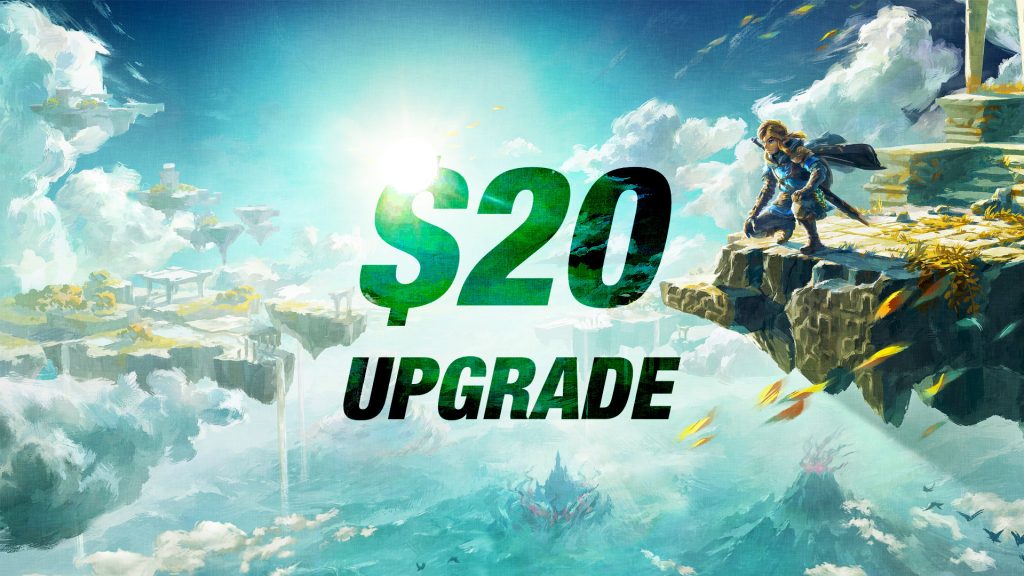
Has Nintendo made it clear enough yet that they intend to charge an arm and a leg for the Switch 2? Well, if you weren’t convinced yet, their final few initiatives might cross the line for you.
As expected, the Switch 2 will see a select number of last-gen titles be ported forward with enhanced visuals and performance. Unlike the industry standard however – which has such upgrades either costing nothing, or a relatively accessible $10 – Switch 2 is once again upping the price ceiling.
Though some games will be free, many of the most anticipated enhanced titles will charge up to $20 for a Switch 2 Edition upgrade (with others going for $10). Though many will gladly pay $20 to experience Zelda at 4K 60fps, it sets a dangerous precedent for the rest of the industry (just like with all the other aforementioned decisions made by Nintendo regarding Switch 2.)
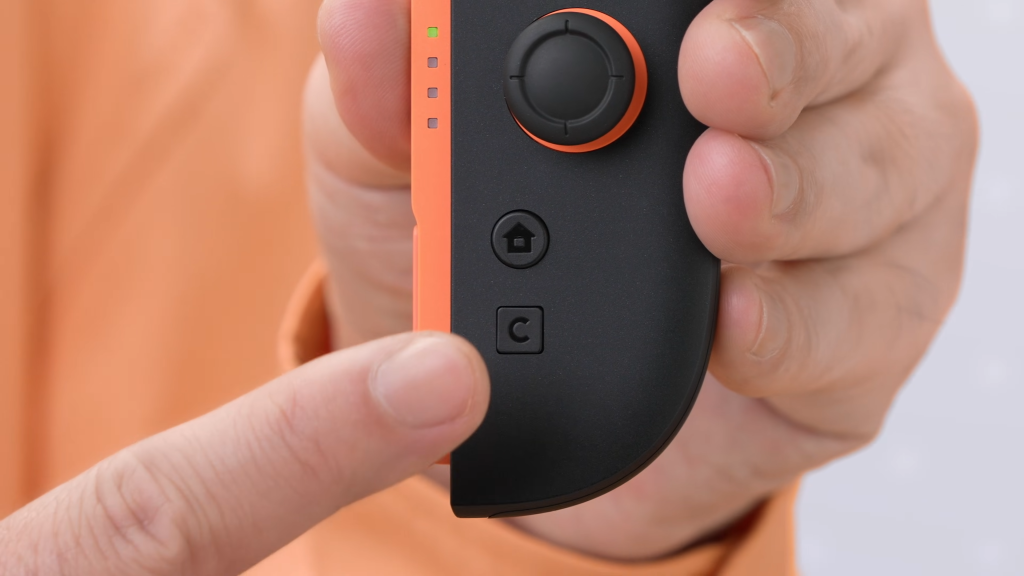
Finally, we’ve reached the once-mysterious C button. While we did not know its function previously, the recent Direct confirmed it to be a ‘Game Chat’ button – letting you easily and quickly connect with other Switch 2 owners through audio and video sharing. Being able to communicate with friends online is of course welcome (especially compared to the OG Switch’s Nintendo mobile app requirements for online chat), but as with everything Switch 2, its functionality won’t be free.
Over the generations we’ve gotten used to paying for online services on consoles. That said, having a dedicated button on your controller which only functions if you pay for a monthly subscription feels somewhat icky and manipulative.
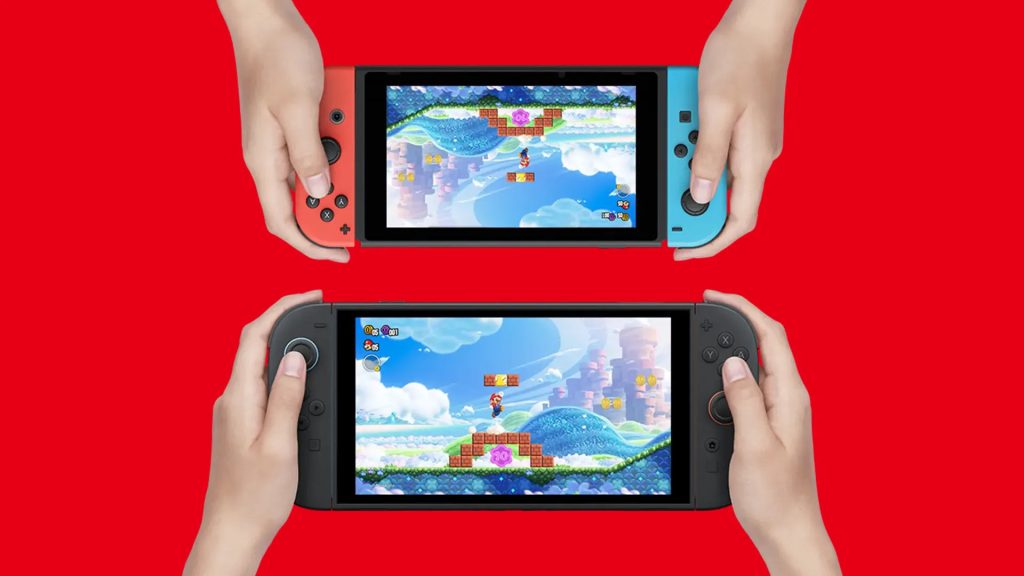
All this and more has led to quite the rapid and substantial backlash, with fans and detractors alike stating that you should not buy the Switch 2 at launch to send a message to Nintendo. Will this work? Probably not. That being said, as illustrated above, console manufacturers have somewhat managed to eff up almost every single time following a successful generation.
Will the OG Switch’s success manage to help Nintendo overcome Switch 2’s community backlash? We will have to wait and see. Regardless, this new pricing has all-but-ensured that Grand Theft Auto VI will launch at $100. Thanks Nintendo.
KitGuru says: What did you think of the Direct? Did all the news following its conclusion put a damper on your hype? Will $80 be the new AAA standard? Let us know down below.
The post
KitGuru Games: Nintendo Switch 2 (and the Hubris in Being First Place) first appeared on
KitGuru.


